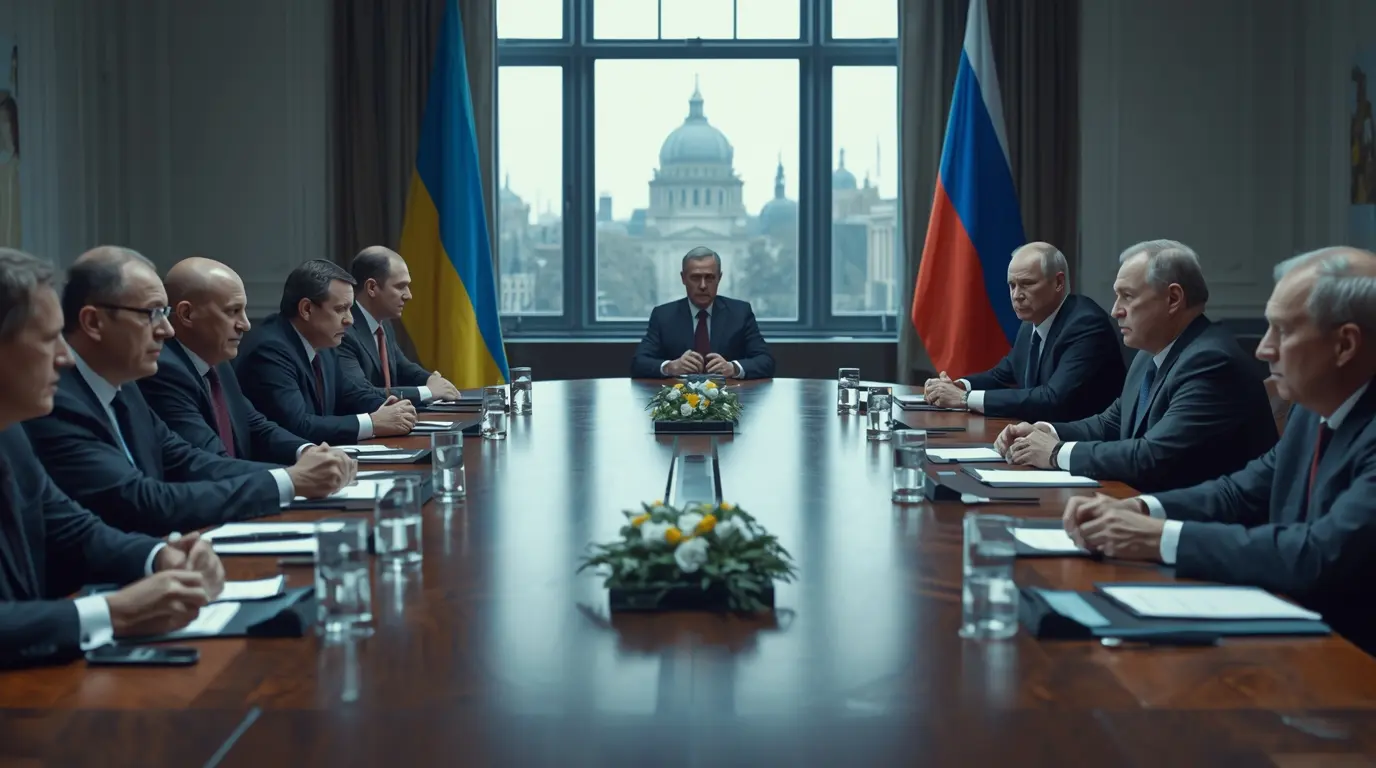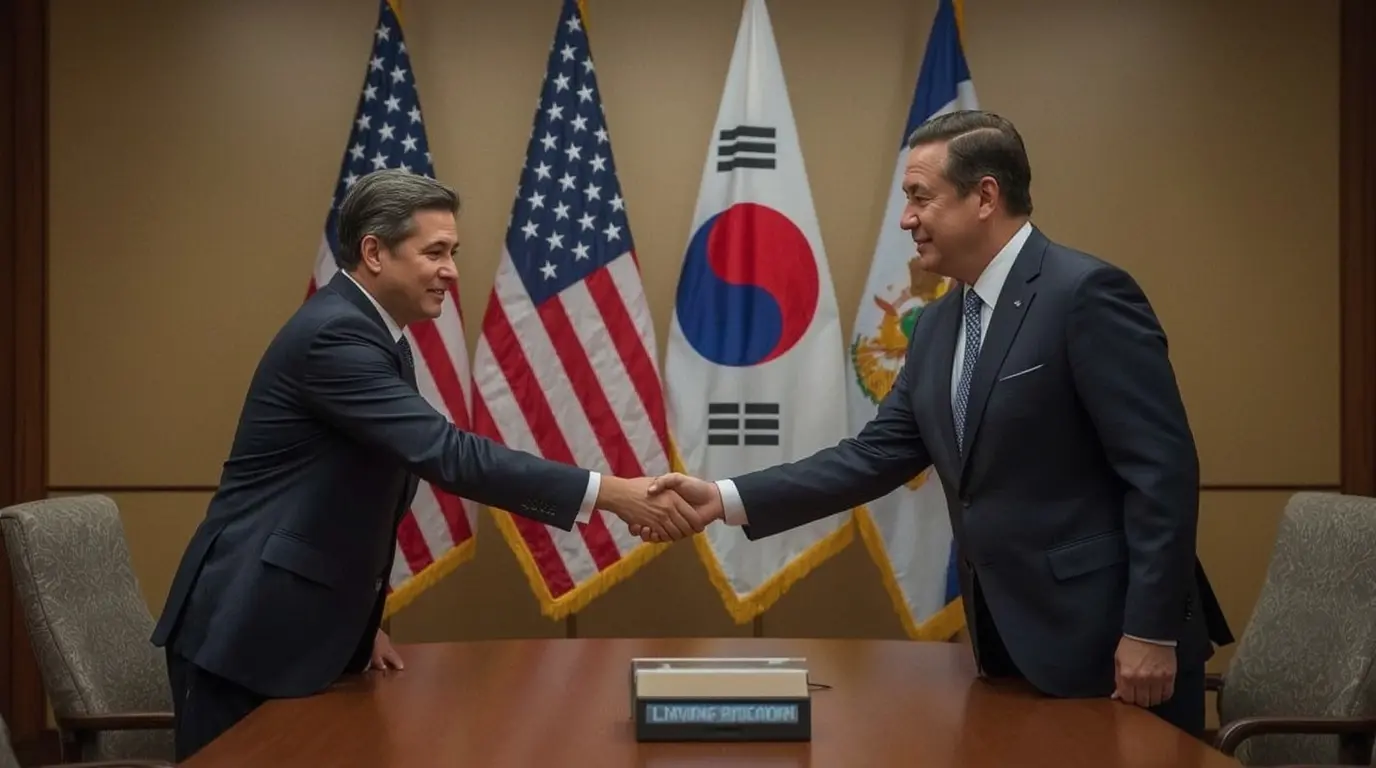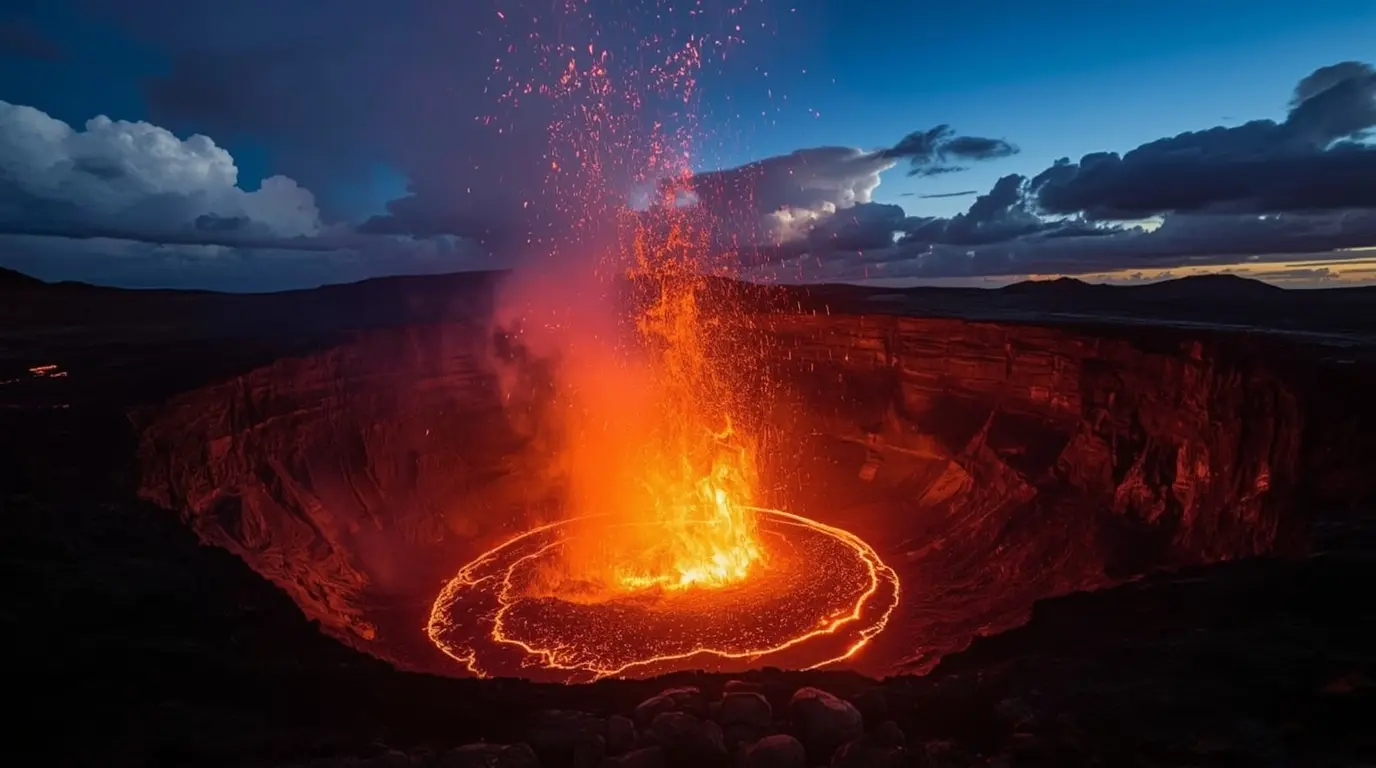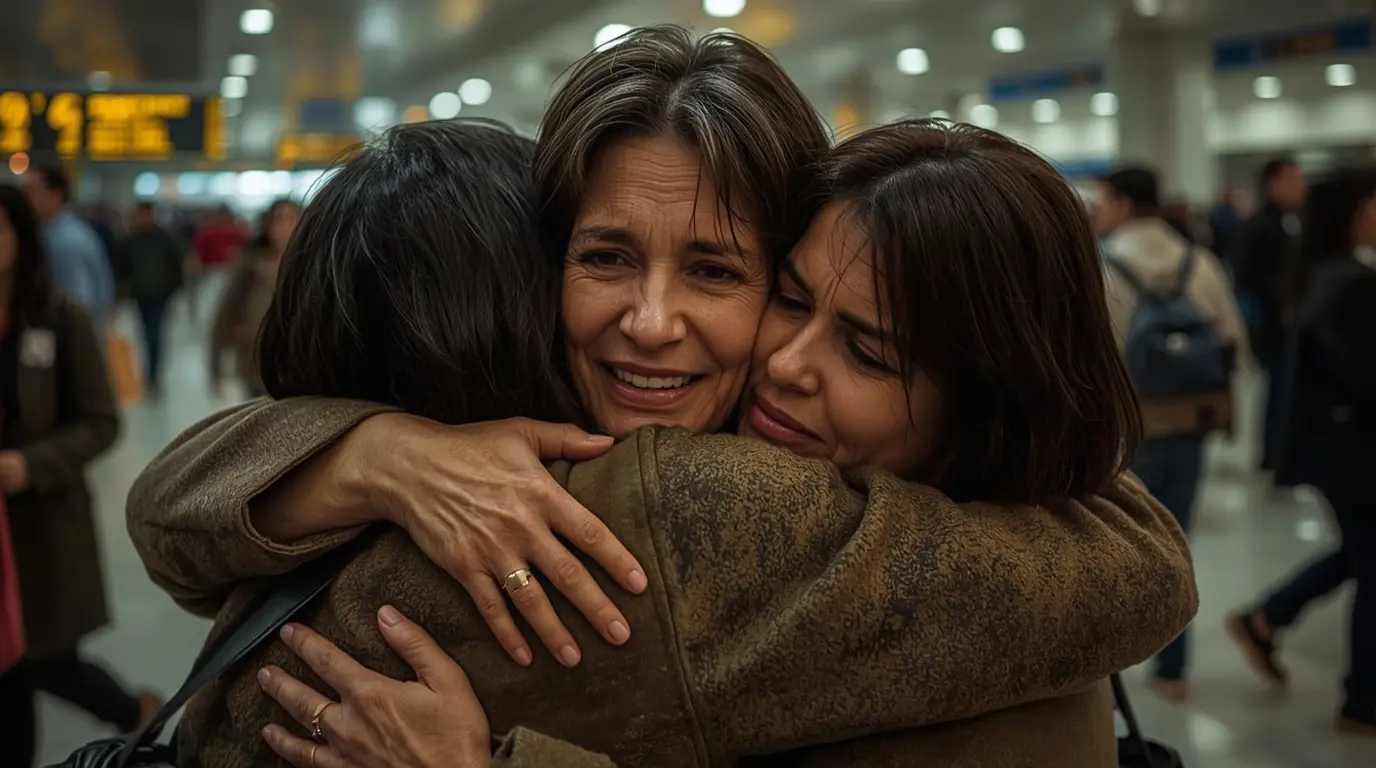Introduction: The Long Road to Ukraine Peace
The globe is watching closely as negotiators try to forge a lasting Ukraine peace, Europe’s deadliest war since World War II. Recent days have seen intense, high-profile gatherings: President Trump meets President Putin for dialogue, then spins to Kyiv for quick talks with President Zelenskyy before checking in with European partners. The quick round has sparked a mix of rising hopes and deep doubts about whether the and whether the talks can finally cool the frontline. However, the core differences between Moscow and Kyiv have not shrunk, and both sides are quietly stocking up for more combat even as the conference rooms hum with words.
Putin’s Blueprint for a Ukraine Peace Deal: Key Offers and Ultimatums
Leaked documents from circles close to the Kremlin outline the precise terms Vladimir Putin wants before he will agree to end the Ukraine conflict:
Land Giveaways
Moscow is demanding Ukraine withdraw from the roughly 12% of the Donbas that Kyiv still controls. As compensation, Russia will accept the existing front lines in the Zaporizhzhia and Kherson regions being made permanent, and will return some small regions of Kharkiv, Sumy, and Dnipropetrovsk that it now holds.
Neutrality Guarantees
Putin is insisting that Kyiv abandon any future NATO membership and accept a permanent, legally binding military neutrality. This must include a pledge from the alliance that it will never expand eastward and that no NATO troops will set foot in Ukraine, even in a peacekeeping role.
Legitimacy Questions
Moscow is still disputing the authority of President Zelenskyy. Foreign Minister Sergey Lavrov has claimed that any Ukraine peace deal must be signed by a government elected in legitimate, un-postponed elections, thereby questioning the current administration’s power to negotiate.
Zelenskyy’s Pair of Peace Preconditions: Security and Territory
President Zelenskyy has made clear what Ukraine expects before it sits at any peace table:
- Security guarantees: Zelenskyy needs firm promises from the West before even considering a talk with Putin. He wants a clear plan in 7 to 10 days, detailing “who will do what, when, in each specific case.” This arrangement aims to discourage any new Russian strikes once the guns go dark.
- No land trade: The president refuses to let any recognized Ukrainian territory be swapped. He has said no retreat from the Donbas, calling it “the shield against any deeper Russian move” and “the line between life and loss for our state.”
Meeting Prerequisites: Ukraine’s President says he’s ready to sit down with Putin “in any format,” but the meeting must happen in a “neutral” European nation—Moscow is a no-go. He’s also ruled out any Chinese role in Ukraine’s security after Beijing backed Russia’s views.
The U.S. Mediation: Trump’s Approach to Ukraine Peace
President Trump is trying to play referee in Ukraine’s peace talks using a different playbook:
1. Direct talks with Putin: Trump skipped the usual Western playbook. He met Putin for a private summit in Alaska that lasted almost three hours, with Ukraine at the center. By keeping the meeting informal, he hopes to find workable compromises that wouldn’t make it through the usual diplomatic red tape.
2. Timeline pressure: Trump announced a two-week deadline to gauge any forward movement. He warned that if no progress is seen “in two weeks we’ll know” and he might “have to—maybe—take a different tack” then.
Limited U.S. Commitment
The Biden Administration has made it crystal clear that U.S. security guarantees for Ukraine will not mean deploying U.S. troops. Vice President JD Vance has reiterated that Europe must shoulder the majority of the financial burden for aid to Ukraine.
European Leadership in Peace Talks
European capitals are taking the initiative in steering the Ukraine peace negotiations:
- Security Coalition: The U.K. and France have formed a “coalition of the willing” to craft security guarantees that fall outside NATO. They aim to deploy a “reassurance force” of around 15,000 Western troops in Western Ukraine to bolster a reinforced Ukrainian military of 900,000 soldiers.
- No Land for Peace: EU foreign policy chief Kaja Kallas has firmly rejected any demand for Ukraine to surrender territory, labeling that pressure a “trap Russia wants the West to fall into.” This position echoes Kyiv’s and could complicate U.S. consideration of territorial trade-offs.
- Distrust of Russia: EU leaders are openly skeptical of Russian motives. French President Macron has termed Putin “a predator, and an ogre at our doorstep,” while Finnish President Alexander Stubb has said Putin’s word “is rarely worth trusting.”
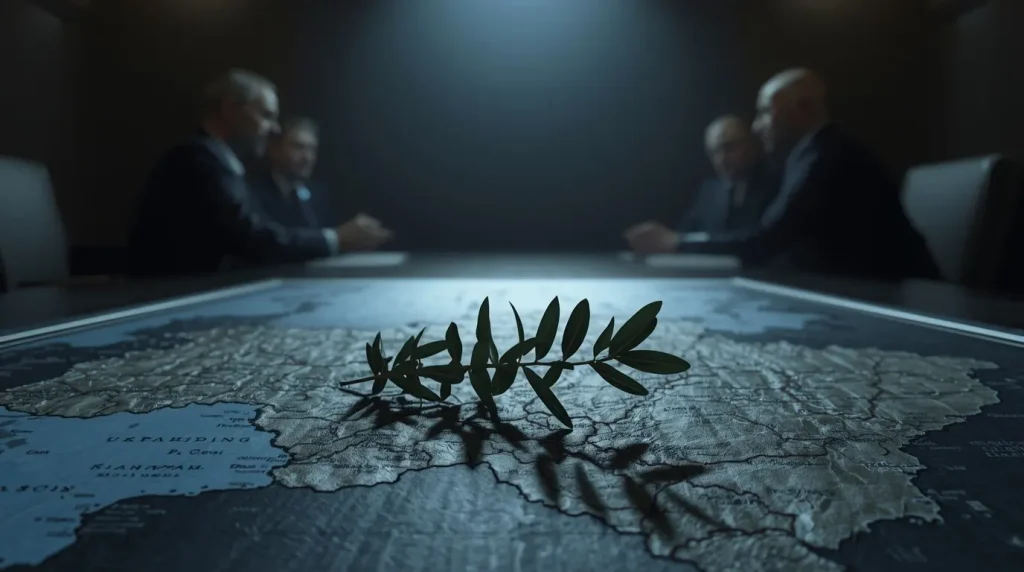
5 Major Obstacles to Ukraine Peace
Even with ongoing talks, key obstacles keep a lasting Ukraine Peace agreement out of reach:
Trust deficit: There’s deep doubt about whether Russia is sincere. Ukrainian Major Taras Berezovets sums up the mood bluntly: “Absolutely not,” Putin can’t be trusted. “He’s a cheater, he’s a criminal… and he would never accept the fact that independent Ukraine still exists.”
Continuation of violence: Hostilities never really pause, even while officials sit at the negotiating table. Russia, for instance, recently launched a fresh round that included 574 drones and 40 missiles meant for energy targets, civilian buildings, and an American electronics facility. Such strikes leave little room for confidence that Moscow is serious about talks.
Divergent interpretations of security guarantees: Experts still argue about what promises would really keep Ukraine safe. Eric Ciaramella pointed out that “Article 5, without a commitment of U.S. military intervention, or the intervention of these European military powers, I fundamentally don’t understand what it is.”
The Path Forward: Prospects for Ukraine Peace
Ukraine Peace talks now approach a crucial crossroads. The week ahead will show whether the latest round of diplomacy means real, lasting change or just a pause that disguises building plans for a new military push.
Several elements will shape the direction of the Ukraine Peace talks:
Security guarantees must be specific. Kyiv needs clear commitments from Western partners, indicating how NATO will deter renewed Russian threats while still respecting member-state politics.
A well-defined negotiation format is essential. Deciding between talks between just Ukraine and Russia, adding Turkey and the U.S., or moving to a larger global table will steer the process one way or the other. Broader participation, especially from major European powers, might make mediators less perceived as part of one side.
Blending principle and pragmatism is key. Ukraine justifiably insists on recovering every inch of territory, but Russia currently holds much of it. Bridging the gap will demand creative formulae allowing zones of confidence, delayed status arrangements, and other temporary measures to shape a gradual return of sovereign control.
Global capitals still look on with guarded optimism. Diplomats fight the clock to achieve a balance: a settlement sanctioned under international statutes, guaranteeing Ukrainian independence, and knitting European defense into the postwar landscape. The worse option—breadlines, enduring trenches, and ripple effects from price shocks to stockpile shortages—offers the clearest signal: securing a Ukraine Peace is the planet’s outstanding diplomatic priority today.
Source: https://edition.cnn.com/2025/08/22/politics/trump-putin-zelensky-ukraine-war-analysis
For more incredible stories of everyday news, return to our homepage.


